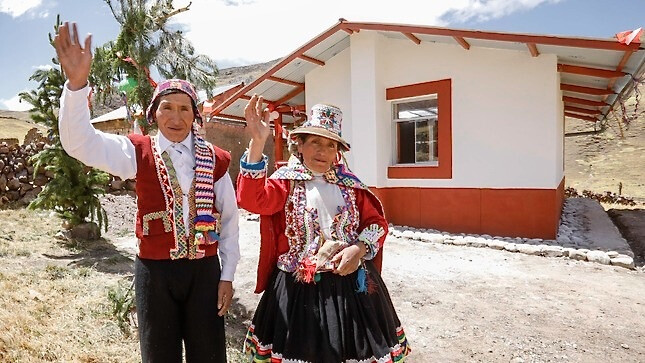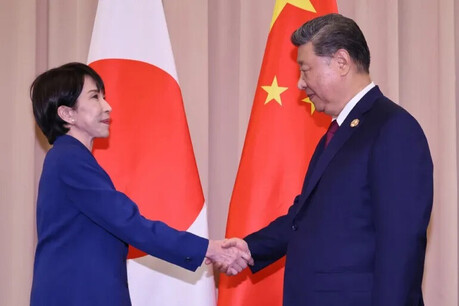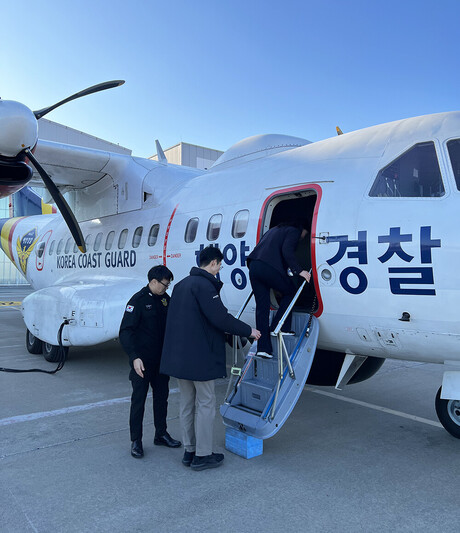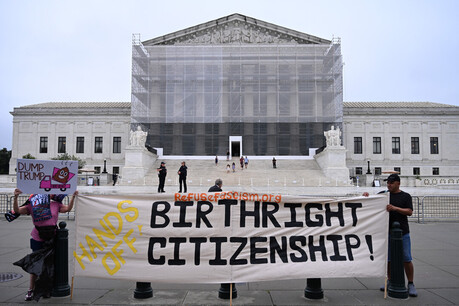
Lima, Peru – The Ministry of Housing, Construction, and Sanitation (MVCS) announced today that it has successfully distributed 35,704 Family Housing Vouchers (BFH) across Peru in 2024. This significant achievement has enabled 142,816 Peruvians to realize their dream of homeownership.
The government's housing program has invested over 1.343 billion soles in this initiative, underscoring its commitment to improving the living conditions of countless Peruvian families.
"The delivery of these vouchers not only facilitates access to decent housing but also strengthens the local economy and enhances the quality of life for thousands of Peruvian families," stated Durich Whittembury, the Minister of Housing.
Two Primary Housing Programs
The MVCS reported that 12,084 families have successfully acquired new homes through the "Acquisition of New Housing" (AVN) program. Under this scheme, beneficiaries receive a 44,805-sole voucher to purchase properties in housing developments equipped with essential services and urban infrastructure, such as roads and sidewalks.
Additionally, 23,620 families have benefited from the "Construction on Own Land" (CSP) program, which provides a 30,900-sole voucher. In regions prioritized by the government, the voucher amounts have been increased to allow beneficiaries to construct their homes on their own plots of land.
Enhanced Housing Standards and Streamlined Processes
The Ministry has recently issued a ministerial resolution that updates the operational regulations for accessing the BFH. Notable improvements include:
Minimum housing size: The construction of single-family homes with a minimum covered area of 35 square meters is now mandated.
Encouraging larger homes: The program promotes the construction of homes with the potential to expand to 50 or 55 square meters in the future.
Streamlined application process: The approval process for the BFH has been simplified.
Enhanced technical standards: The resolution outlines detailed technical specifications for various housing components, such as construction systems and roofing materials.
Additional Considerations for a More Comprehensive Article:
Regional breakdown: Providing a breakdown of the voucher distribution across different regions of Peru would offer a more granular view of the program's impact.
Economic impact: Quantifying the economic impact of this housing program, such as job creation and increased local spending, would strengthen the article.
Challenges and future plans: Addressing any challenges faced in implementing the program and outlining future plans for expanding housing opportunities would provide a more comprehensive picture.
Comparison with previous years: Comparing the 2024 figures with previous years would highlight the program's growth and effectiveness.
Impact on specific demographics: Analyzing the impact of the program on particular demographics, such as low-income families or indigenous communities, would demonstrate its inclusivity.
Sustainability: Discussing the sustainability of the housing units, including energy efficiency and environmental impact, would align with current global trends.
By incorporating these additional elements, the article can provide a more in-depth and informative analysis of Peru's successful housing program.
[Copyright (c) Global Economic Times. All Rights Reserved.]





























